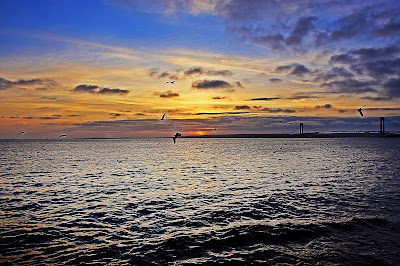Night sky with green Airglow, the Milky Way, Seven Sisters and Andromeda Galaxy is on the top; hoodoos, caused by erosion over many millennia are on bottom. This photo was done from my trip to Bryce Canyon in Sunset Point.
 |
| Airglow Astrophotography in Bryce Canyon National Park |
Canon 60Da, EF16-35mm f/2.8L II USM, 30.0 sec; f/3.5; ISO 6400
On this picture you can see a lot of green color on the sky. If this is real color or just effect of camera filter? This question directly connected to other question “What is natural color of night sky?”
I started to learn astronomy many years ago reading the book with black and white pictures. So in these books I didn't see color picture of the natural sky. Most of time I was living in big city with a lot of light pollution, and I am not able to see natural color of sky.
Still remember when first time recognize that some starts has color and after that read article about color of stars cannot be green. After that article I assumed that green color is very rear on the sky. But this is not correct.
Most of Comet Tails has green color. Some Nebular are green too. Northern Light mostly has green colors. But Northern Light visible only near North Pole, comets are rear so still assume that this green colors are exceptions. When I started see Internet picture I saw a lot of strange colors so assuming that these is Photoshop. Especially after reading article how to remove light pollution in Photoshop. And only made some my own pictures I recognized that green color from Airglow effect is gives a lot of green on the natural sky. So a green color is pretty common on the natural sky too.
This photo got about 1.5K likes on
National Parks Traveler Facebook
 |
| National Parks Traveler Facebook Astrophotography |













